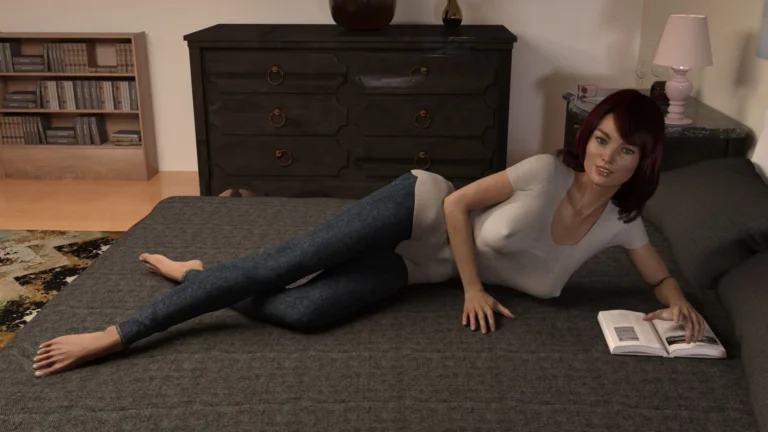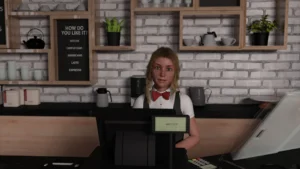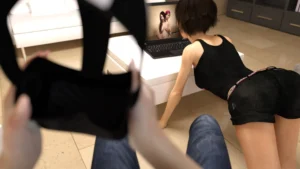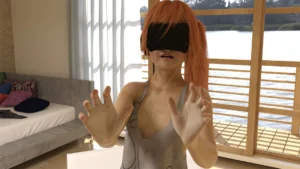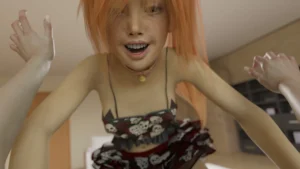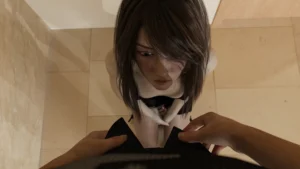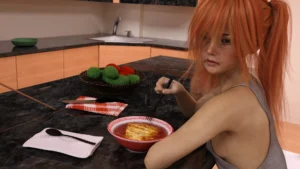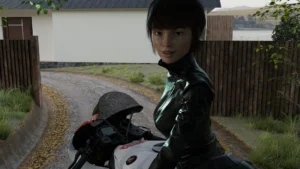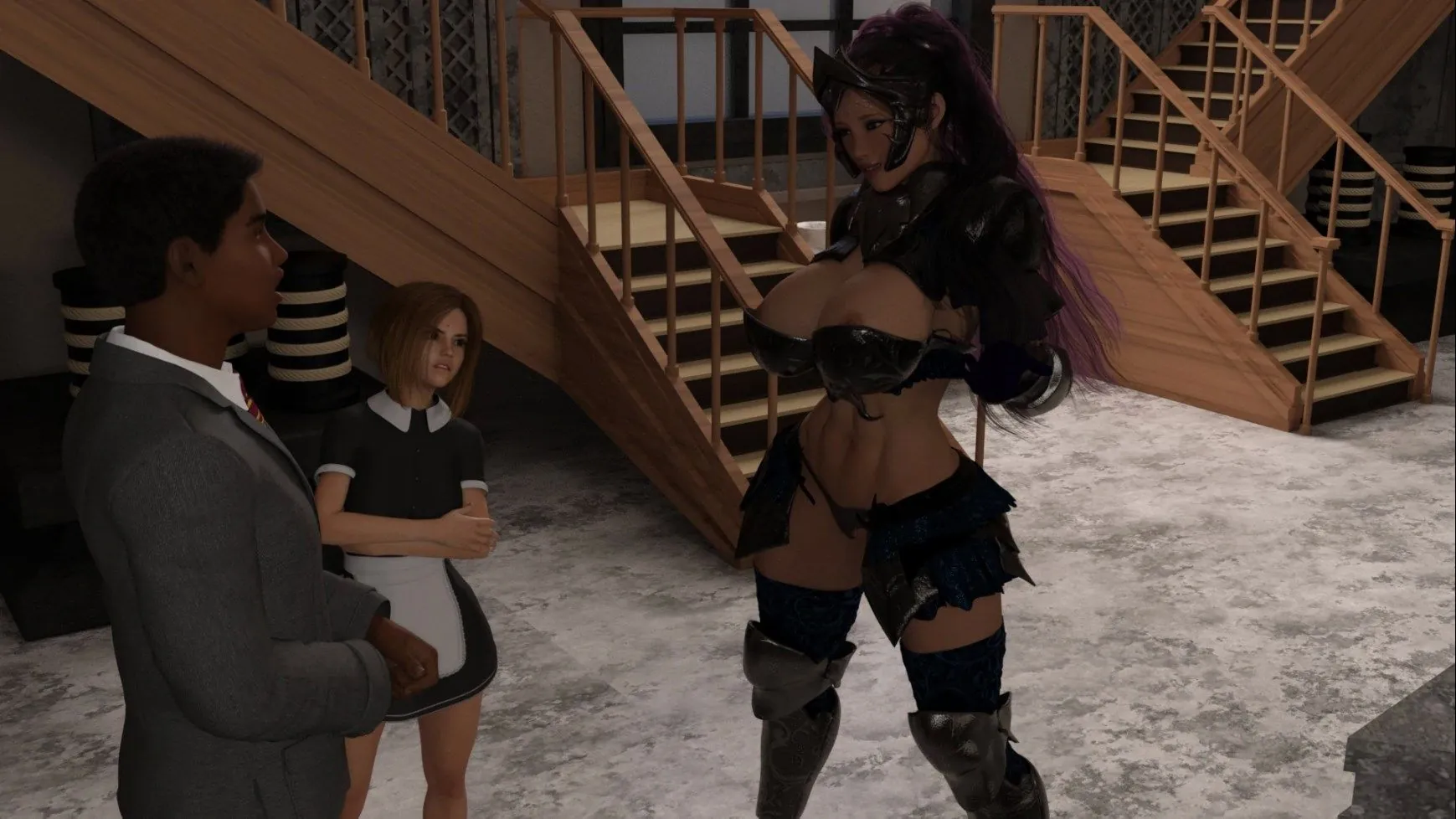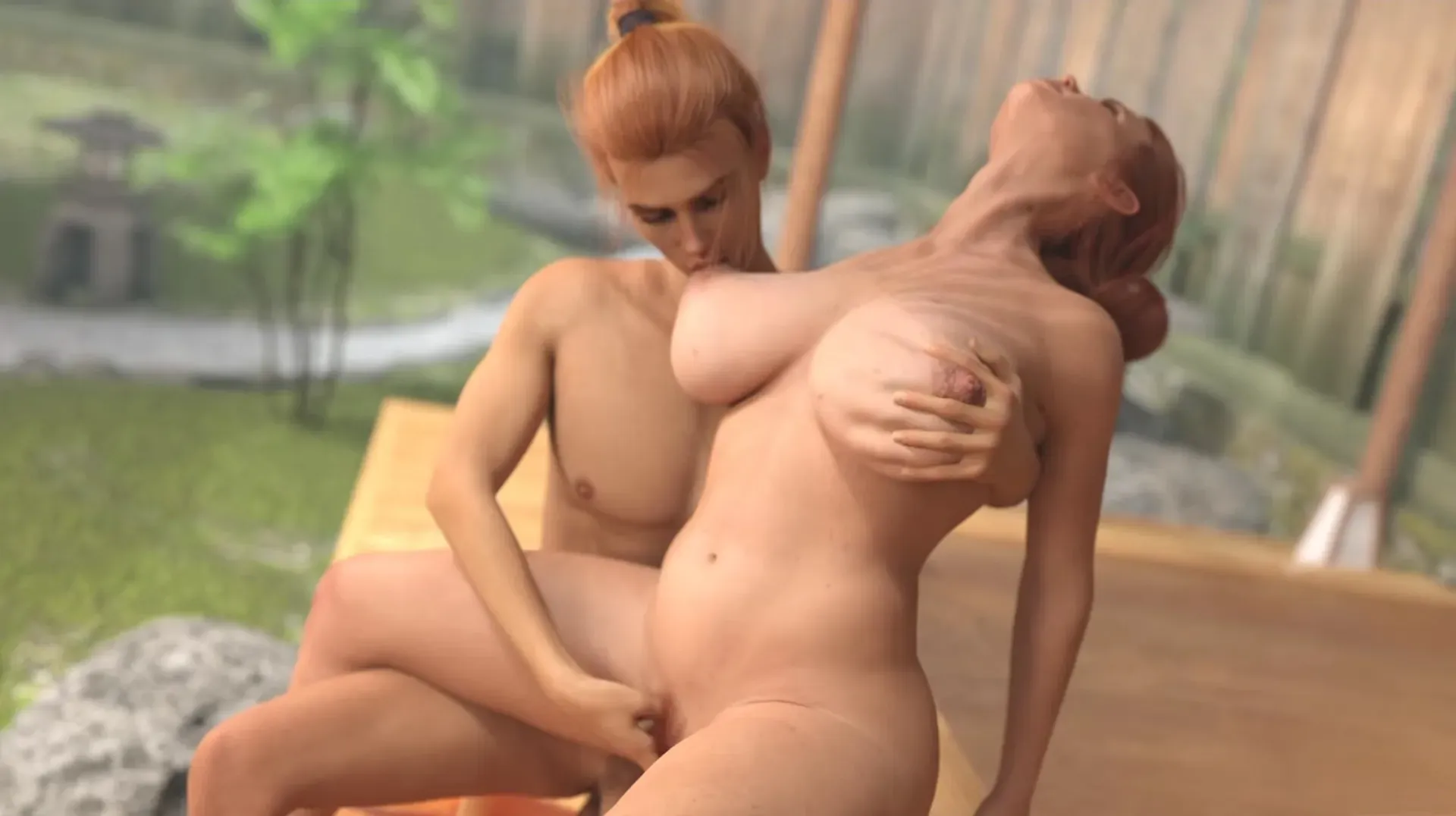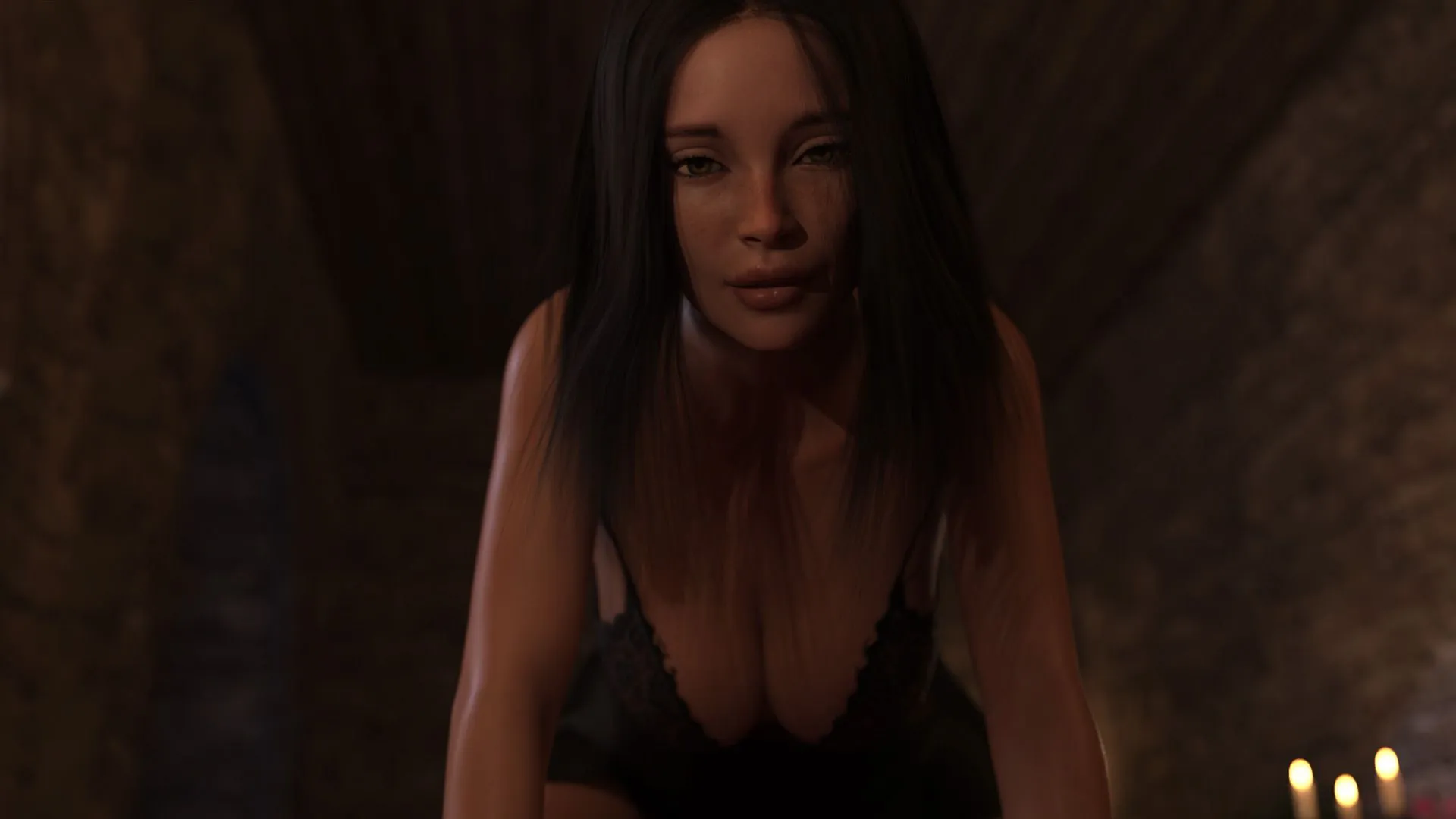
Play Bad Memories
Bad Memories review
Exploring the Features, Gameplay, and Impact of Bad Memories
Bad Memories is a distinctive game that has captured attention for its immersive storytelling and unique gameplay mechanics. This article explores the core aspects of Bad Memories, providing insights into what makes it stand out in its genre. Whether you’re curious about its narrative depth, gameplay style, or overall player reception, this guide offers a comprehensive look at the game and what players can expect from their experience.
Understanding Bad Memories: Gameplay and Storyline
What is Bad Memories About?
Let me tell you about the first time I truly understood what Bad Memories was about. I was exploring a seemingly abandoned house in the game, and I found a child’s drawing tucked under a floorboard. It wasn’t a scary jump-scare moment; it was profoundly sad. 😢 That’s the heart of this experience. The Bad Memories game storyline isn’t about monsters chasing you—it’s about the ghosts of your own past. You play as a character returning to the fragmented landscapes of their own mind, forced to confront events they’ve tried to bury. 🧠
The main objective is deceptively simple: navigate these surreal, memory-drenched environments to piece together what really happened. The setting shifts dynamically, from a distorted version of your childhood home to a foggy, nightmare-fueled schoolyard, each location a physical manifestation of a different emotional wound. The goal isn’t just to escape, but to understand and, perhaps, to heal. The Bad Memories narrative is delivered through environmental clues, ghostly echoes of past conversations, and symbolic objects you discover. You’re not just a player; you’re an archaeologist of the soul, digging through the psychic debris. 💔
Core Gameplay Mechanics
So, how do you actually play? The Bad Memories gameplay mechanics are a masterclass in subtlety and immersion. This isn’t a game about complex combat systems or intricate skill trees. It’s about presence and perception.
The most significant mechanic is Bad Memories exploration. You are given an immense amount of freedom to poke, prod, and investigate every corner of your memory-scapes. Interacting with objects isn’t just for collecting items; it’s the primary way the story unfolds. Picking up a cracked music box might trigger a full, vivid flashback, completely changing your understanding of a character. 🔍
The progression system is entirely tied to your discoveries. You don’t “level up”; you understand more. As you uncover more memories, new areas within the same location might become accessible, or a path that was once blocked by a psychological barrier (like a literal wall of shadow) may clear. The Bad Memories game features a unique “Memory Resonance” system, where certain collected memories will vibrate or glow when you’re near a related story trigger, guiding your exploration without holding your hand.
Here’s a quick breakdown of the core interaction loops:
| Mechanic | How It Works | Player Impact |
|---|---|---|
| Environmental Interaction | Examining and manipulating objects in the world. | Unlocks audio logs, visual flashbacks, and vital narrative context. |
| Memory Resonance | Past memories guide you to new clues. | Provides subtle direction and deepens the connection between story elements. |
| Atmospheric Puzzle Solving | Puzzles based on logic and emotional context, not complex codes. | Gates progression naturally and makes you feel smart for understanding the story’s symbolism. |
The genius of these Bad Memories gameplay mechanics is that they never feel like a separate “game” part. They are seamlessly woven into the act of uncovering the story, making you an active participant in the narrative. It’s a perfect example of interactive storytelling Bad Memories excels at. ✨
Narrative and Player Choices
This is where Bad Memories truly separates itself from the pack. The narrative isn’t something that happens to you; it’s something you actively build, break, and reshape with your actions. The system of Bad Memories player choices is incredibly nuanced. You’re rarely presented with a clear “A or B” dialogue box. Instead, your choices are environmental and behavioral.
My advice? Pay attention to everything. What you choose to examine, what order you discover memories in, and even how long you linger in a painful area can all subtly alter the narrative’s path.
For instance, in one of my playthroughs, I entered a memory of a family argument. I had a choice: I could interact with my father’s forgotten jacket hanging by the door, or I could go straight to my mother’s diary on the table. I chose the jacket first. This small action framed the entire memory from my father’s perspective, adding a layer of sympathy for his character that was completely absent when I later replayed the segment and went for the diary first. The Bad Memories narrative is a chameleon, changing its colors based on your focus. 🦎
Example of a player decision impacting the storyline: Imagine you discover a locked box. The key is hidden in a later memory. However, you also find a heavy tool earlier on. You have a “choice”:
* Wait to find the key and open the box properly.
* Use the tool to break the lock open now.
If you break it open, you get the contents immediately—a photograph of a happy moment. But later, when you find the key, the memory associated with it is now one of disappointment and violation, because “you” (in the past) broke the trust of the person who locked it. This single act of impatience can re-contextualize an entire relationship in the story, showing the profound weight of Bad Memories player choices. ⚖️
This approach to interactive storytelling Bad Memories provides is what makes it so emotionally engaging. You aren’t just making choices for a character; you are forming your own interpretation of the past. The game presents you with evidence, and your Bad Memories exploration and the connections you make determine the truth you walk away with. It’s a powerful reminder that our memories are not facts, but stories we tell ourselves, and this game gives you the tools to edit that story. 🛠️
Ultimately, the Bad Memories game storyline is a deeply personal journey. The Bad Memories game features are all designed to serve that journey, making you feel the weight of the past and the power you have to confront it. Whether you come out of it haunted or healed is, in many ways, up to you.
Bad Memories offers a compelling blend of narrative depth and engaging gameplay that invites players to immerse themselves fully in its world. Its unique approach to storytelling and player interaction makes it a memorable experience for those who enjoy games that challenge both the mind and emotions. If you’re looking for a game that combines thoughtful choices with immersive gameplay, Bad Memories is worth exploring. Dive in and discover the layers of this intriguing title for yourself.
